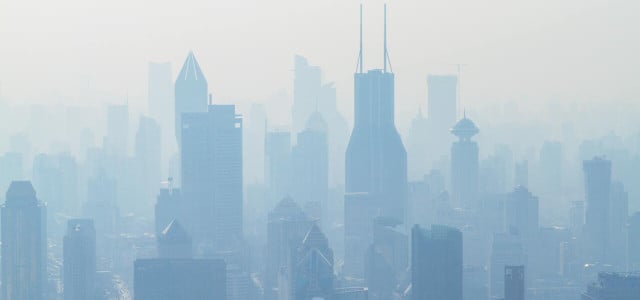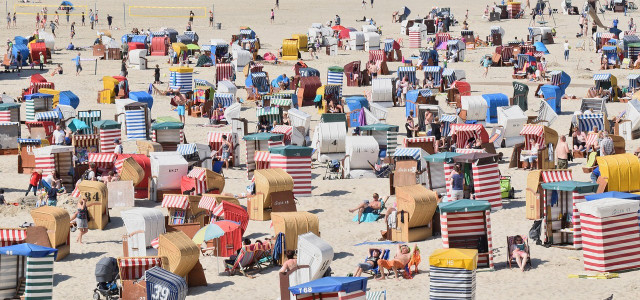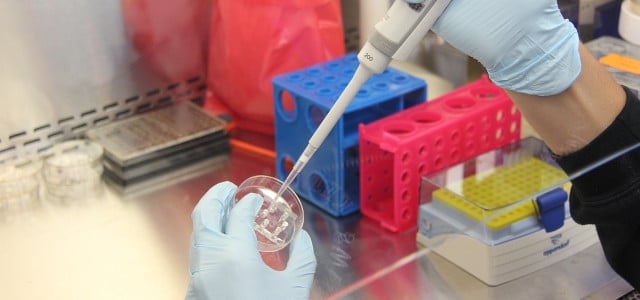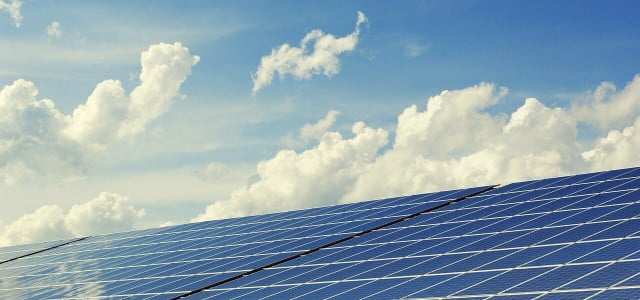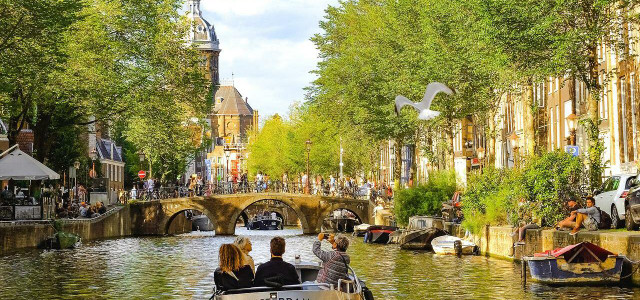From small lifestyle changes to large-scale policy interventions, discover 11 actionable solutions to air pollution that can make a huge difference.
Air pollution in cities is a growing concern that poses a serious threat to both human health and the environment. The World Health Organization (WHO) estimates that 90% of the global population is exposed to air pollution levels that exceed safe limits, and the situation is particularly dire in urban areas. Considering the many human activities that contribute to air pollution, solutions are seriously needed.
Exposure to air pollution has been linked to health problems like respiratory illness, heart disease and cancer. Furthermore, air pollution contributes to climate change and damages ecosystems. Fortunately, there are many simple remedies that individuals, communities and policymakers can implement to reduce air pollution in cities. From improving public transportation to creating urban forests and encouraging plant-based eating, embracing these 11 solutions to air pollution can reduce the pollutants in the air and create a cleaner, greener world for generations to come.
Learn more about different types of pollution and how to combat them:
- What Is Noise Pollution? 5 Examples and Solutions
- Drowning in Plastic: Ocean Pollution & How to Stop It
- What Is Light Pollution? Definition, Causes and Impact
- 10 Solutions to Water Pollution in Our Daily Lives
- The Top 5 Human Activities That Contribute to Air Pollution
- Thermal Pollution: What Is It and What’s the Damage?
- What Causes Ocean Acidification? Can It Be Reversed?
1. Bicycle-Friendly Infrastructure
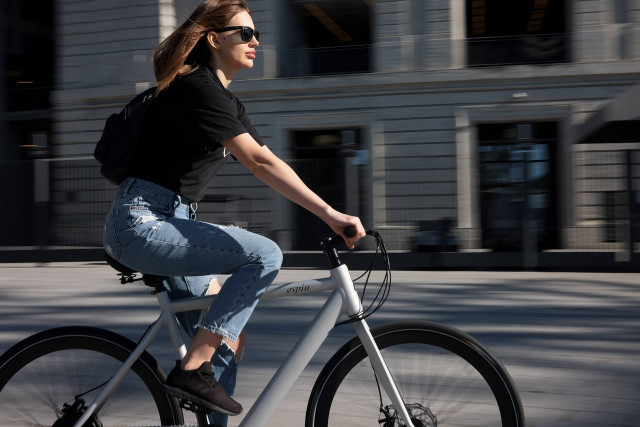
The problem with traditional transportation methods — like cars — is that they rely on fossil fuels, releasing toxic fumes into the air. Bicycles, however, need nothing more than human power to get you from point A to point B. The wind in your hair, the sun on your face and the freedom of the open road are all yours to enjoy when you travel by bike. Learn how to bike in the winter and the basics of cycling in the rain, and nothing will be able to stop you.
Trends show that more and more people are riding bicycles in cities. By encouraging bicycle-friendly infrastructure, cities can reduce air pollution and improve the health of their citizens. Bicycle-friendly infrastructure includes dedicated bike lanes, bike racks and other amenities, all of which make cycling a more appealing alternative to cars.
Real-life example: Portland, Oregon, has an extensive network of bike lanes and paths and has implemented policies that promote cycling as a viable means of transportation. While more work is certainly needed, this city is a shining example of how a commitment to cycling can make a positive impact on air pollution and create a more liveable, sustainable city.
2. Green Spaces and Urban Forests: Natural Solutions to Air Pollution
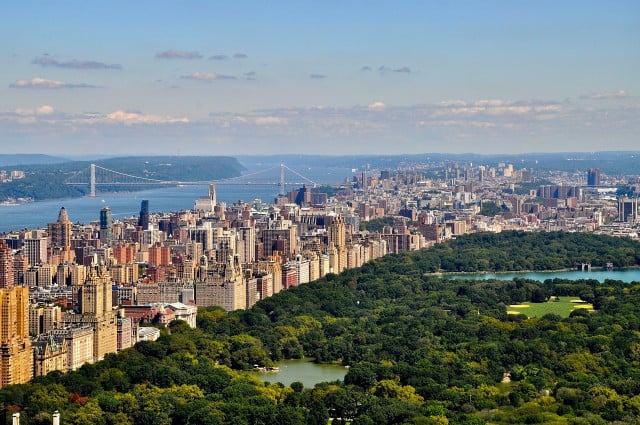


In the middle of a bustling concrete jungle, green spaces and urban forests are havens of nature — places where trees, plants and other living things thrive. Additionally, green spaces and urban forests provide shade and create spaces for recreation and relaxation. They’re also great spots for urban camping.
But green spaces are more than just nice to look at. They also serve as a simple solution to air pollution in big cities. Trees and plants purify the air by absorbing carbon dioxide and releasing oxygen. The more green spaces and urban forests a city has, the more these natural air purifiers work around the clock to clear smog.
For more information about the many benefits of woods and forests, check out: What Is a Forest? Describing Our Most Important Ecosystems.
Real-life example: New York City has implemented an ambitious program to increase the number of trees in the city by one million over the next decade. The city has also created a network of green spaces and parks, including the High Line, which repurposes an old elevated railway into a public park, and the Brooklyn Bridge Park, which features over 500 trees and other greenery.
3. Public Transportation
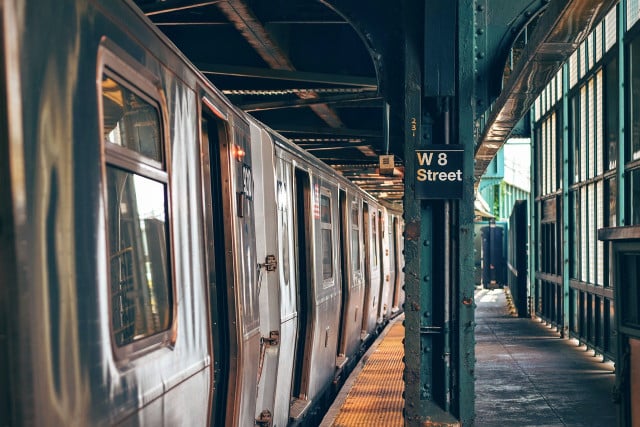


Promises of speed, convenience and freedom keep us attached to our cars. But the truth is that cars simply can’t live up to any of those promises. Among the many important reasons not to own a car is that they are leading contributors to air pollution. Public transportation is a simple solution. The fewer cars on the road, the less air pollution is created.
Public transportation eases traffic congestion, improves traffic flow and shortens commute times. Furthermore, public transit is more efficient in terms of carbon emissions per passenger and is a simple, inexpensive way to reduce your carbon footprint.
Real-life examples: Cities like New York, Chicago and LA have established public transportation systems that are heavily used by residents and visitors alike. In fact, New York’s famed public transport system is the largest in North America and one of the largest worldwide. Accessible and convenient public transportation is one of the most widely beneficial solutions to air pollution.
You might also enjoy: The 15-Minute-City: How Real Can It Be? and LA’s Public Transportation: How to Use It & 6 Cool Places to Go.
4. Carpooling and Ride-Sharing: Budget-Friendly Solutions to Air Pollution
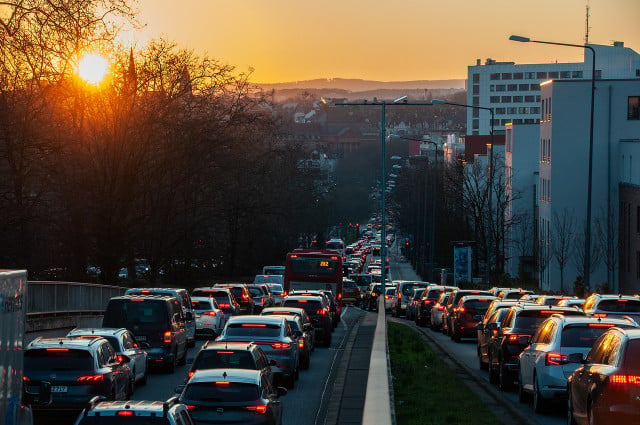


If public transportation and cycling don’t work for you, join a carpool or ride-share to minimize your contribution to air pollution. Carpooling and sharing allow travelers to share a ride to a common destination.
Similar to other options for driving in the city, this approach reduces the number of cars on the roads and, thus, traffic congestion and idling time. Carpooling is also associated with many other social benefits, including tighter-knit communities, saving on fuel costs and reduced demand for parking infrastructure.
Real-life examples: New York City, San Francisco and Seattle have implemented carpooling and sharing programs in efforts to find solutions to air pollution. These programs are fantastic for the environment and for our communities and pocketbooks.
5. Plant-based Eating



What we eat significantly affects our health and the environment. One significant source of pollution is the release of greenhouse gases like methane and carbon dioxide during the process of animal farming. These gases are produced during the digestion process of livestock and are released into the atmosphere through manure storage and application. Consuming more plant-based foods greatly reduces emissions, ultimately leading to cleaner air.
The production of meat and animal products also contributes to air pollution through energy consumption, chemical use and waste disposal.
Every journey begins with a single step, and every change starts with a single person. By adopting a plant-based diet or reducing your meat intake a bit and eating a flexitarian diet, you make a conscious decision to reduce your own carbon footprint and inspire others, creating a ripple effect of positive change. You can also support local farmers and businesses that prioritize sustainable practices, further lowering air pollution in your part of the world. Plus, who wants to support the horrors of factory farming?
Try going vegan or looking into the many benefits of going vegetarian — as long as you’re mindful to eat a balanced diet with a variety of foods, your health and the Earth will thank you. Want to make an even bigger difference? Buy organic produce whenever time and money allow.
Real-life examples: The plant-based movement is gaining traction worldwide. Some cities, like San Francisco and New York, have started Meat-Free Monday programs, which ask residents to go meat-free for just one day a week. It’s not just about reducing emissions. A plant-based diet can also help people be happier and healthier. Change can grow into a movement that transforms the world, even if it starts with one person.
6. Alternative Fuel Vehicles: Futuristic Solutions to Air Pollution
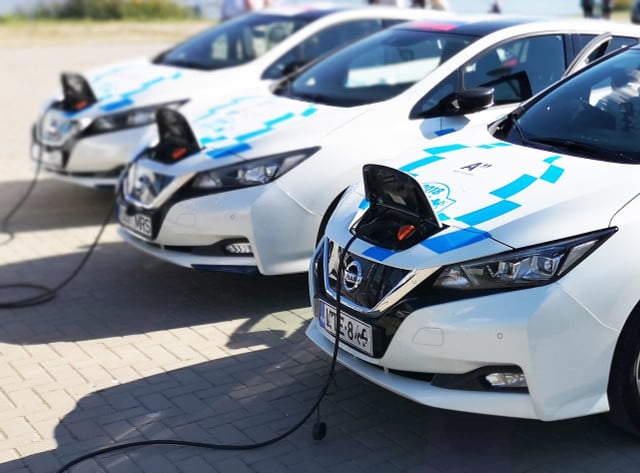


The transportation of the future is here now, and it is powered by electricity, hydrogen and other clean fuels. These vehicles produce less — or no — harmful emissions compared to traditional gasoline and diesel-powered vehicles. Learn about the pros and cons of electric vehicles in our guides, How Do Electric Cars Work? The Inner Workings Explained and E-Mobility Pros and Cons: The Benefits and Challenges of Electric Vehicles.
Using alternative fuel vehicles for personal and public transportation can significantly lower air pollution, harmful airborne particulates and smog.
Real-life examples: Several cities in the US have already taken steps to increase the number of alternative fuel vehicles on their roads. For example, California has set a goal of having 5 million zero-emission vehicles on the road by 2030. As of 2021, California has the highest number of alternative fuel vehicles in the US, with over 700,000 electric and hybrid vehicles registered in the state.
7. Solar and Wind Energy
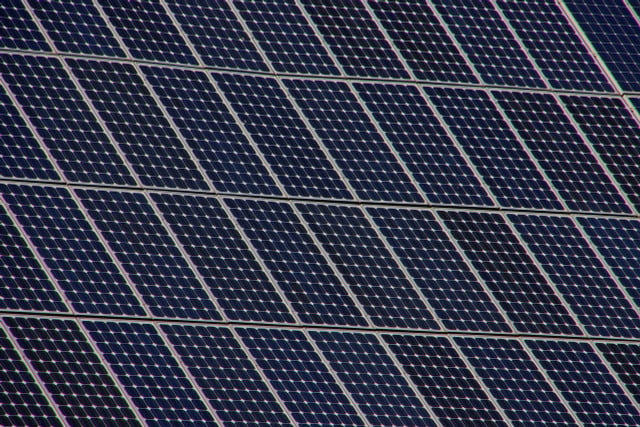


Cars and transportation aren’t the only culprits when it comes to air pollution and smog. According to the WHO, “unclean” energy sources, such as coal, gas and oil, are major contributors to air pollution in urban areas, releasing harmful pollutants like sulfur dioxide, nitrogen oxides and particulate matter when burned and creating toxic breathing conditions.
The sun’s rays and strong winds can be powerful sources of clean energy used to power our cities and homes. These renewable energy sources produce little to no harmful emissions, making them an excellent alternative to fossil fuels. By harnessing the power of the wind and sun, cities can reduce their dependence on fossil fuels and improve air quality, taking a step towards a sustainable future.
Real-life examples: Several cities in the US have made significant progress in promoting different types of renewable energies like solar and wind energy. Las Vegas has even set a goal to power the city entirely with renewable energy sources by 2050 and has already started installing solar panels to help it reach that goal. The many benefits of solar panels include the long-term generation of renewable energy and reduced reliance on fossil fuels.
8. Waste Reduction and Recycling: Easy Solutions to Air Pollution



Waste reduction and recycling can reduce air pollution in cities by lowering emissions from landfills, incineration, production and transportation. Do you know where your trash goes?
By reducing the amount of waste we produce, we can reduce the amount of air pollution created and help shape a cleaner, healthier environment. On an individual level, that means:
- learning what you can compost and what you can’t to reduce food waste
- avoiding basic recycling mistakes and using less plastic, or living a life without plastic
- implementing ways to be more sustainable and getting closer to a zero-waste lifestyle
- supporting local recycling programs, donating or reselling gently-used items and buying second-hand whenever possible — read 6 Great Places to Buy and Sell Second-hand Clothes Online for ideas on how to start
Real-life examples: Many cities in the United States have embraced this solution, implementing recycling programs and encouraging residents to reduce their waste. For instance, Seattle achieved their goal of recycling 70% of its waste by 2022 by implementing programs like composting and curbside recycling.
9. Sustainable Building Practices: Long-term Solutions to Air Pollution
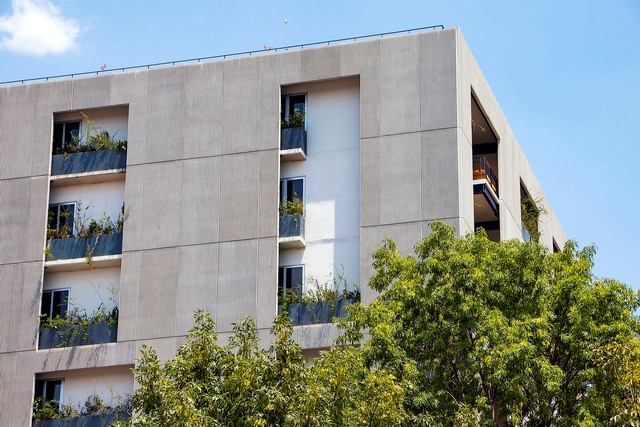


The buildings we live in reflect our values and aspirations. Sustainable building practices and eco-friendly housing can create beautiful, efficient, clean cities. But how exactly can it provide solutions to air pollution?
The answer is simple. The need for power plants to burn fossil fuels to generate electricity can be reduced if we design and construct buildings to minimize their energy consumption and maximize their use of renewable energy sources and sustainable building materials. This leads to a reduction in the harmful pollutants getting released into the air.
Real-life examples: A number of cities have taken steps to reduce air pollution by implementing sustainable building practices. In San Francisco, all new buildings must meet strict environmental standards, including installing solar panels or green roofs. Meanwhile, in Seattle, the municipal government has established incentives for developers to build green buildings. The city also runs a program to recognize environmentally friendly buildings with certification.
Interested in green design? Take a look at these 12 Awesome Examples of Green Architecture in the US.
10. Green Roofs
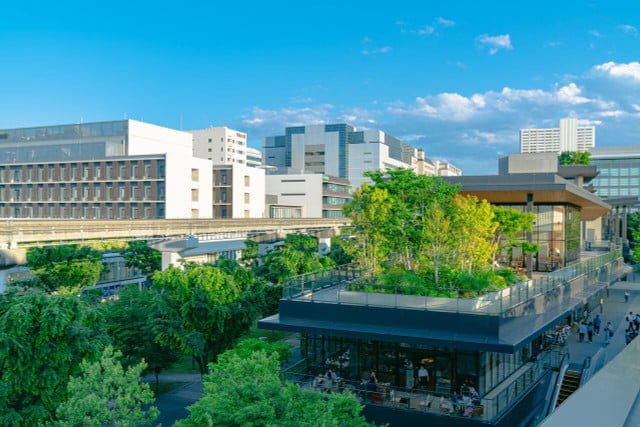


Cities trap heat and pollutants in the air, leading to smog and health problems for their inhabitants. However, every roof is a potential oasis of clean air and greenery when they are covered with vegetation, grasses and even small trees to help mitigate the effects of urbanization.
Installing green roofs creates pockets of natural beauty that can help to reduce the urban heat island effect, which occurs when cities become significantly hotter than their surrounding rural areas due to the lack of greenery and overabundance of heat-absorbing material. Green roofs cool the surrounding air and provide natural insulation, subsequently also reducing the need for energy-intensive air conditioning.
Real-life examples: New York, Chicago and Portland have implemented green roofs as a solution to air pollution. As part of its sustainability efforts, New York has even mandated that certain new buildings must incorporate green roofs or solar panels.
11. Education and Awareness About the Environment
Education and awareness are crucial in the fight against air pollution and climate change. Education gives individuals and corporations the chance to act now to establish effective, long-term solutions to air pollution. While we need to be mindful to avoid supporting greenwashing, there are many companies and environmental organizations trying to make a difference — or at least avoid contributing to the problem.
Awareness campaigns encourage companies to adopt environmentally friendly business practices, such as investing in cleaner energy sources or reducing waste in their production processes. An informed public can also put pressure on their elected officials to enact laws and regulations that protect air quality.
Education and awareness won’t solve the problem of air pollution entirely. Still, they are a key part of the solution, inspiring individuals and companies to act and pushing governments to enact necessary laws and regulations.
Here are some resources to get you started:
- Environmental Activism: How to Get Involved
- The 16 Best Movies & Documentaries About Sustainability & the Environment
- 11 Educational YouTube Channels That Change Your Perspective
- The Top 16 Universities With Sustainability Programs
- The 8 Best Books About Climate Change
Read more:
- 15 Everyday Ways to Prevent Climate Change
- Are You Guilty of Performative Activism?
- Renewable Energy Certificate: How ‘Green’ Are They, Really?
Do you like this post?






